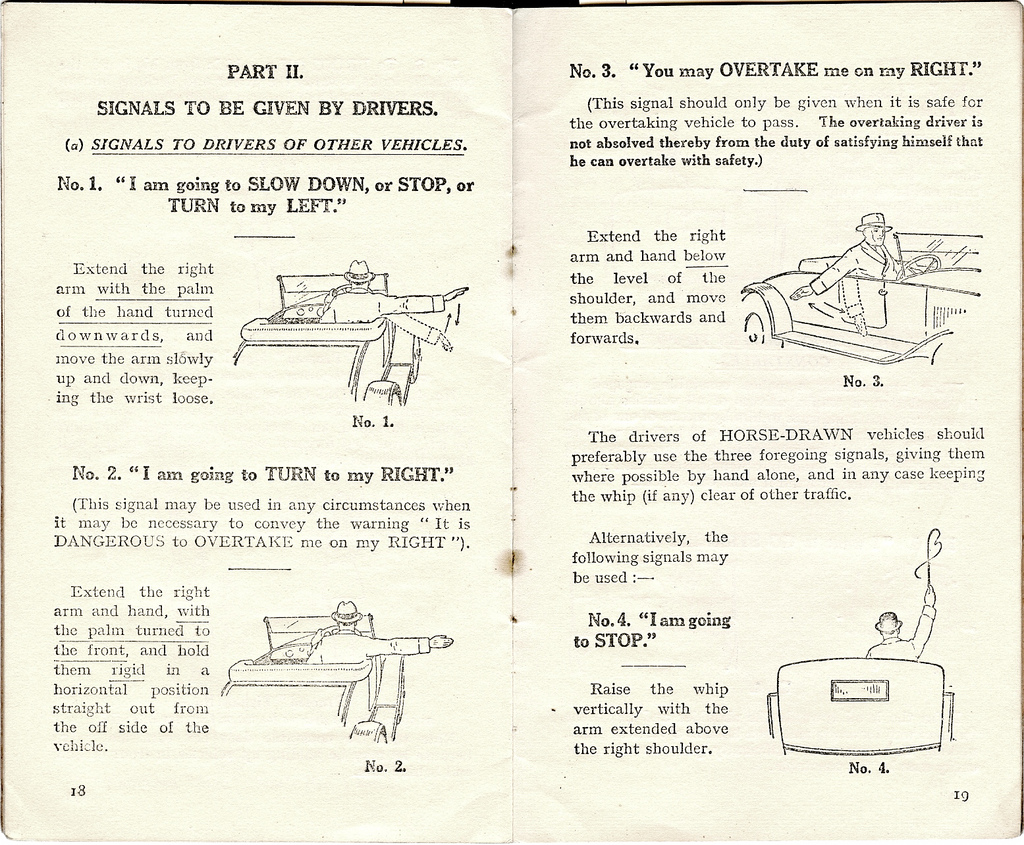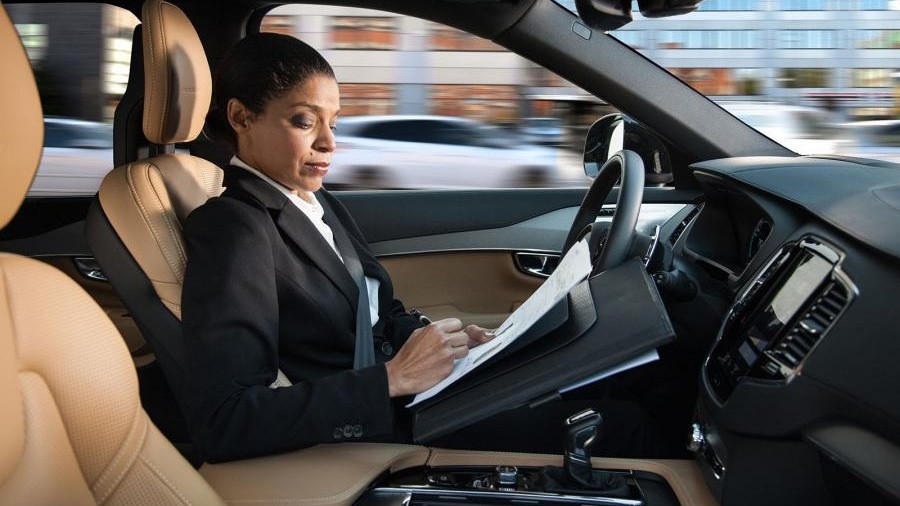When did you last read the Highway Code cover to cover? Probably when you were swotting for your driving theory test.
But many of those 85-year-old rules of the road are going to need a rethink in the next few years thanks to driverless and driver-assist technologies.
The code was a quick and easy-to-read 18-pages when it first appeared in 1931. About a third of the book was devoted to hand signals – either how to interpret instructions from police officers or how to signal a manoeuvre to other motorists. Road signs didn’t feature at all. But there were adverts for motor insurance, motor associations and car magazines – the first and last edition to feature commercial notices.

Since then, the code has evolved with every major change in motoring technology, as well as in road and signal design. Today, it runs to more than 150 pages of advice for all types of road users, from pedestrians and horse riders to cyclists and motorists.
What hasn’t changed through all the editions is the basic principle that the driver should be in full control of the vehicle: hands on the wheel, eyes on the road. Now technology is challenging that basic principle.

And we’re not talking about tech that’s still in development, but the kind of features that motor manufacturers have added to models in the market now, such as assisted or automated parking or cruise-control.
For example, Highway Code rule 150 says:
There is a danger of driver distraction being caused by in-vehicle systems such as satellite navigation systems, congestion warning systems, PCs, multi- media, etc. You MUST exercise proper control of your vehicle at all times. Do not rely on driver assistance systems such as cruise control or lane departure warnings. They are available to assist but you should not reduce your concentration levels. Do not be distracted by maps or screen-based information (such as navigation or vehicle management systems) while driving or riding. If necessary, find a safe place to stop.
Likewise, rule 160 says:
Once moving, you should drive with both hands on the wheel where possible. This will help you to remain in full control of the vehicle at all times.
So where does that leave motorists taking their hands off the wheel when they use parking assist? What happens when steering and navigation become mainstream features of cruise-control – technology being pioneered on the road right now by Tesla and being explored by the major car-makers?
Now look further ahead to the 2020s and the era of not just “hands off the wheel” but “eyes off the road” self-driving cars. What happens to the rules of the road when the vehicle is taking motoring decisions for a full door-to-door journey rather than a single manoeuvre?
The Government published its first thoughts on these questions in July in a detailed public consultation on driverless cars. You can find the full 41-page document here: https://www.gov.uk/government/news/new-measures-to-help-britain-lead-the-way-in-developing-driverless-technology
There’s plenty of legal detail in the document for the insurance industry, motor manufacturers and retailers to chew over. When it comes to the Highway Code, ministers think the best approach is to change the rules of the road gradually as the impact of different driverless technologies becomes clear.
There won’t be a single “big bang” change to the Highway Code. Instead, there will be a series of tweaks to address particular questions or issues. It also seems likely that some rules won’t change before 2020 at the earliest.
According to the consultation document:
At present we are not proposing to relax any of the existing specific or implied driver distraction restrictions, such as the prohibitions on using hand-held mobile phones, watching TV or eating and drinking at the wheel. This will be considered when vehicles are designed such that the driver no longer needs to remain alert and in-the-loop.
Ministers also make it very clear that the major road laws around careless driving, drink and drug driving will stay in place for the foreseeable future as drivers will “need to remain responsible throughout the journey at this stage”.
But they are paving the way for new rules on cruise-control and parking assist. The unanswered question is how to establish that a driver is alert and paying attention to the road if their hands are not on the wheel or feet not on the pedals?
So they are inviting the public to give their views on the right approach. “By taking a step-by-step approach, and regulating in waves of reform, we will be able to learn important lessons from real-life experiences of driving of increasingly automated vehicles,” the Government document says. “We can then apply these lessons when considering what further changes will be required and are appropriate to allow the safe use of technology that is yet to be developed.”
So what do you think? How does the Highway Code need to change now, and what kind of changes will be needed in future?
You can take part in the Government’s consultation until September 9 this year and submit your comments here: http://www.smartsurvey.co.uk/s/cavconsultation/
But one thing seems certain: we’ll all need to keep pace with tech-related changes in the Highway Code for many years to come.

